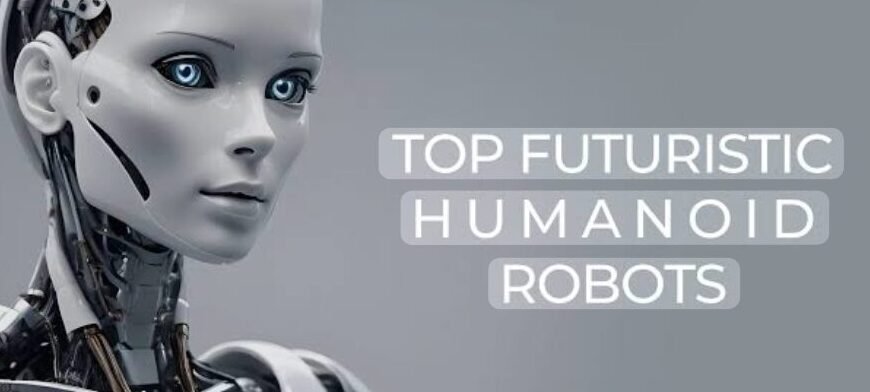How Much Farther Are We from Developing Udhao car Humanoid Robots with Lifelike Technology?
robot
The quest to create humanoid robots that closely resemble and behave like humans—referred to here as Udhaar humanoid robots—has taken remarkable strides in recent years. It is hoped that these robots will be emotionally and physically responsive, intelligent, and able to seamlessly adapt to human life. But how far off from that future are we? The answer lies in a careful examination of current advancements, ongoing challenges, and what remains to be achieved.
Current Progress
Humanoid robots of today are capable of a remarkable range of tasks. Companies in robotics have shown machines that can walk, dance, lift objects, show emotions on the face, and even have basic conversations. With advancements in artificial intelligence, robots can now process human language, learn from interactions, and adapt to their environment.
Robots like Tesla Optimus, Honda ASIMO, and Sophia by Hanson Robotics exemplify how far technology has come. Deep learning algorithms, computer vision, and real-time motion control power their conversational AI and human-like body structure. These machines provide a strong foundation for the development of more sophisticated humanoid robots.
The Roadblocks Ahead
1. True Intelligence and Emotional Understanding:
Although robots can imitate empathy, they cannot feel. AI today lacks consciousness and real emotional depth. Simulated responses can appear human-like, but they are still mechanical and pattern-based.
2. Human Reflexes and Natural Movement:
While some robots can walk and run, they struggle with the dynamic, adaptive motion that humans perform unconsciously. Still in development are the skills of balancing, grasping delicate objects, and responding immediately to unforeseen circumstances.
3. Skin and facial expressions that are human-like:
Creating skin that feels, moves, and reacts like human skin is a major hurdle. Despite advancements in synthetic materials and actuators, lifelike facial expressions and tactile feedback are still limited and frequently fall into the “uncanny valley.”
4. Energy Efficiency and Autonomy:
Most humanoid robots rely on bulky power systems that limit mobility and operation time. For truly lifelike autonomy, it is necessary to develop energy sources that are small and last for a long time.
Looking Ahead.
According to experts, it may take 15 to 25 years to overcome these obstacles and create Ud robot humanoid robots that are truly lifelike. These robots will require the integration of multiple disciplines—robotics, neuroscience, materials science, and ethical AI development.
Conclusion
We are undoubtedly progressing rapidly, but the journey toward creating Sudhakar humanoid robots that are indistinguishable from humans in behavior, emotion, and intelligence is still ongoing. With continued innovation and responsible research, the vision of lifelike humanoid companions may become reality in the not-so-distant future.
